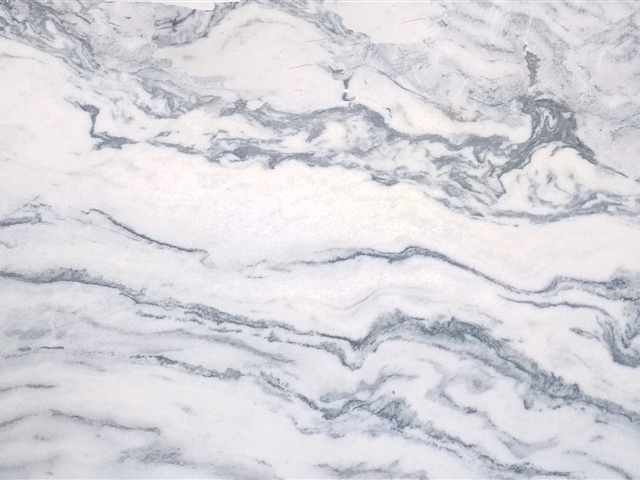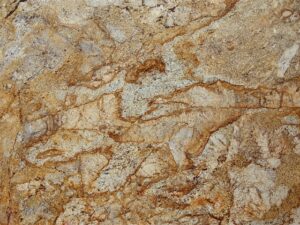Introduction
In the realm of architectural wonders, there are few places as enchanting as the city of Agra. Situated on the banks of the Yamuna River in Uttar Pradesh, India, Agra is renowned for its magnificent structures, most notably the Taj Mahal. A UNESCO World Heritage Site and one of the Seven Wonders of the World, the Taj Mahal is the epitome of architectural grandeur and the primary reason why Agra is often referred to as the “City of White Marble.” This blog post Madhusudan Marbles explores the rich history, cultural significance, and enduring beauty of Agra.
Historical Significance of Agra
Agra’s historical significance can be traced back to ancient times. It served as the capital of the Mughal Empire from 1526 to 1658, during which period the city witnessed immense growth and cultural enrichment. The Mughals, known for their love for architecture, left an indelible mark on Agra through their exquisite marble structures.
The Taj Mahal
Undoubtedly, the Taj Mahal stands as Agra’s most iconic and celebrated structure. Commissioned by Emperor Shah Jahan in memory of his beloved wife, Mumtaz Mahal, the Taj Mahal is a testament to love and devotion. Constructed entirely out of white marble, it is an architectural masterpiece, characterized by its symmetrical design, intricate inlay work, and stunning domed structure. The use of white marble lends an ethereal beauty to the monument, making it a global symbol of love and a must-visit destination for tourists worldwide.
Agra Fort
Another remarkable structure in Agra is the Agra Fort, a UNESCO World Heritage Site. Built by Emperor Akbar in the 16th century, the fort boasts of impressive defensive walls made of red sandstone. However, the fort’s interior is adorned with exquisite white marble palaces, such as the Jahangiri Mahal and Khas Mahal. These marble structures showcase the architectural brilliance of the Mughal era and further cement Agra’s association with white marble.
Itmad-ud-Daulah’s Tomb
Often referred to as the “Baby Taj,” Itmad-ud-Daulah’s Tomb is a lesser-known gem of Agra. Constructed before the Taj Mahal, this mausoleum was built by Empress Nur Jahan in memory of her father. Itmad-ud-Daulah’s Tomb is known for its delicate marble inlay work and its unique design elements, foreshadowing the grandeur that would later be witnessed in the Taj Mahal. The extensive use of white marble in this structure exemplifies the city’s affinity for this material.
Marble Artisans: Masters of their Craft
The City of White Marble owes its splendor to the skilled artisans who have mastered the art of marble carving over generations. These craftsmen, often from families with centuries-old legacies, meticulously handcrafted intricate designs on marble surfaces. Their talent and dedication breathe life into the stone, transforming it into architectural marvels that captivate the world.
Agra’s Cultural Heritage
Beyond its architectural wonders, Agra also boasts a vibrant cultural heritage. The city is known for its traditional crafts, including marble carving and inlay work. Artisans in Agra have perfected the art of embellishing marble with intricate floral motifs and geometric patterns, a technique known as “pietra dura.” This meticulous craftsmanship is showcased not only in the city’s grand monuments but also in smaller items like tabletops, jewelry, and decorative pieces.
Conclusion
Agra, the City of White Marble, captivates visitors with its rich history, awe-inspiring architecture, and cultural splendor. The Taj Mahal, Agra Fort, and Itmad-ud-Daulah’s Tomb stand as testament to the city’s profound love affair with white marble. Madhusudan Marbles continues to be the trusted and leading Exporters of Indian Marble, we contribute to preserving the legacy of Agra’s architectural heritage. A visit to this magnificent city leaves an indelible impression, immersing visitors in the timeless beauty of white marble and the grandeur of Mughal architecture.





